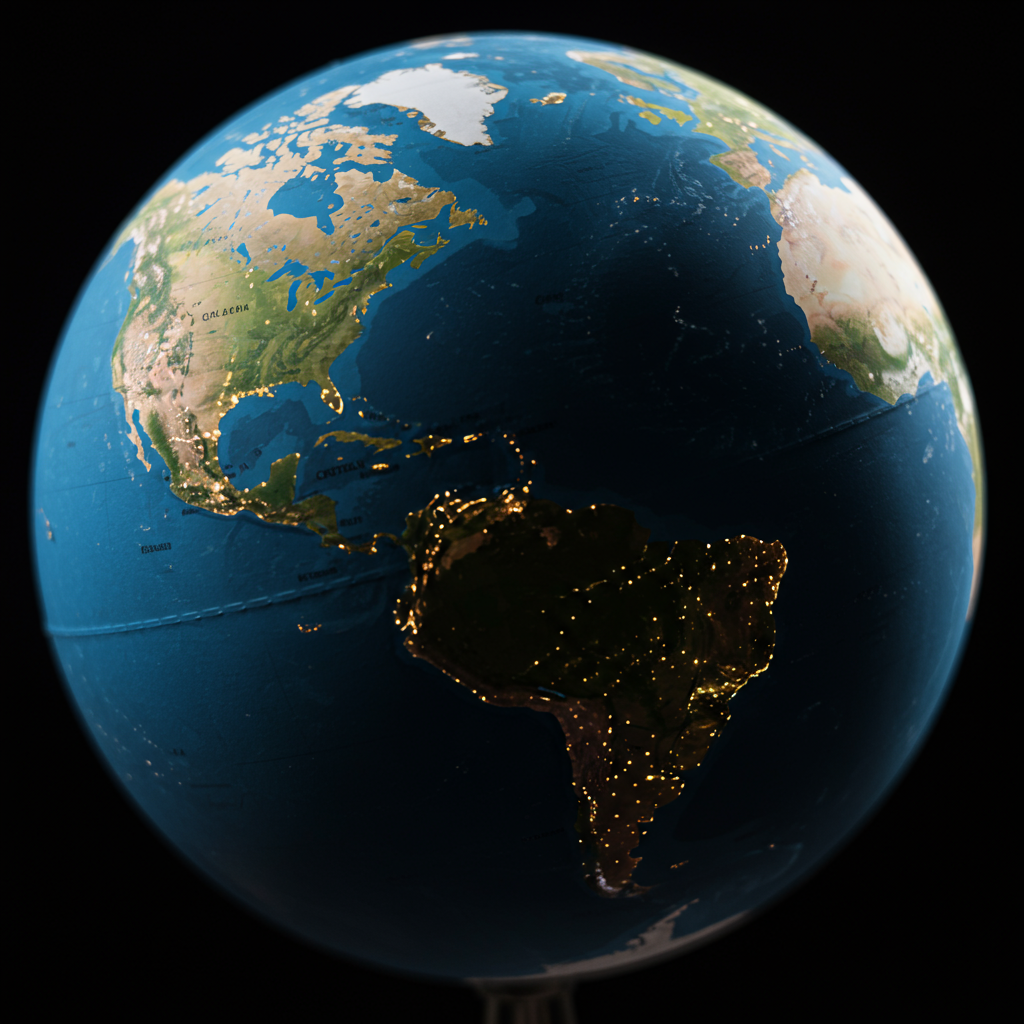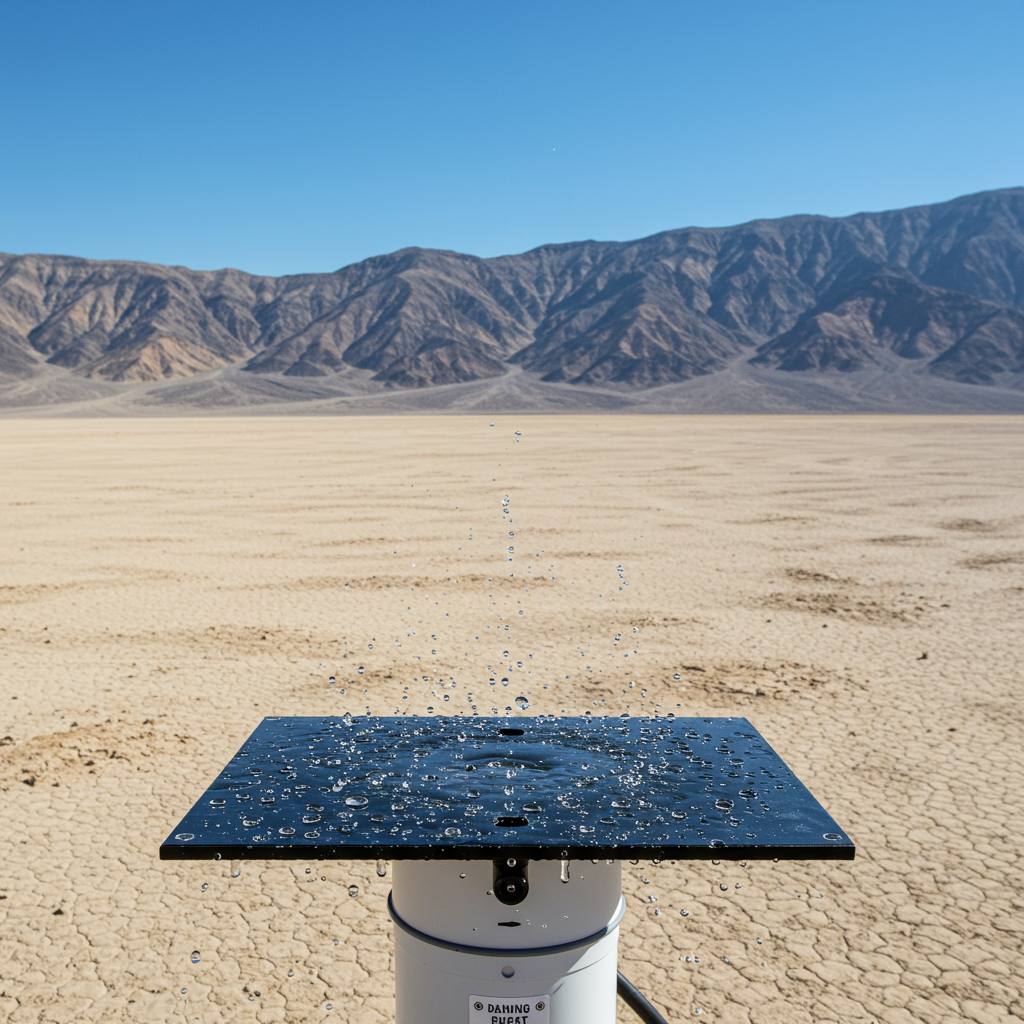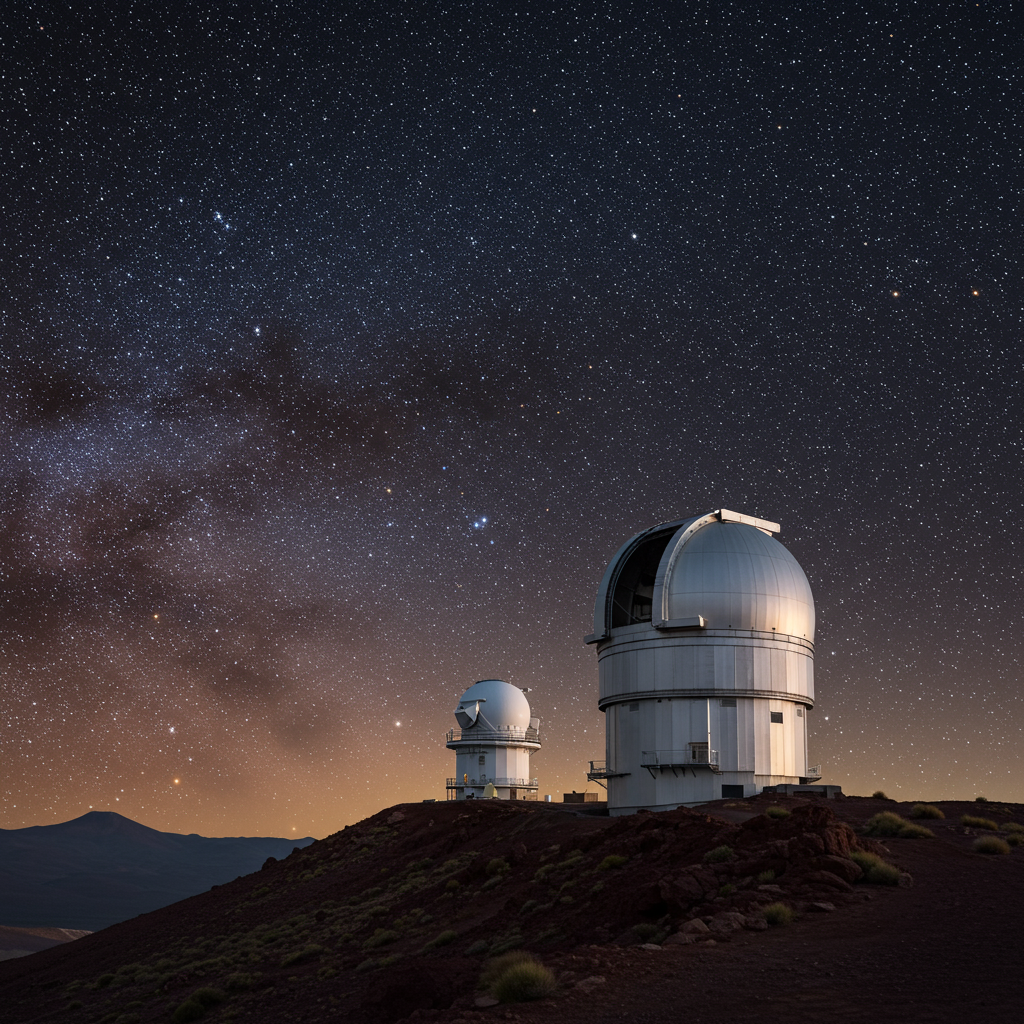Earth is unexpectedly speeding up its spin, a scientific puzzle leading to days that are literally milliseconds shorter. This surprising acceleration, a sharp contrast to the planet’s usual long-term deceleration, has scientists worldwide scratching their heads and considering unprecedented adjustments to global timekeeping. Prepare for some of the shortest days on record this summer as our planet completes its daily turn faster than anticipated.
Recent observations confirm a distinct shift in <a href="https://news.quantosei.com/2025/07/04/shorter-days-ahead-on-these-three-days-earth-is-predicted-to-rotate-faster-heres-why/” title=”Earth's rotation Faster: Shortest Days Predicted Soon?”>earth’s rotation speed. While a standard day is measured at 86,400 seconds, or 24 hours, the actual duration is fluctuating. Over the past few years, days have become subtly shorter. This trend is accelerating in a way that has caught the scientific community off guard.
The Unprecedented Quickening of Earth’s Spin
Scientific services meticulously track Earth’s rotation. The International Rotation and Reference Systems Service (IRRS) plays a key role. According to their data, specific dates this summer are projected to be notably shorter than average. These include July 9, July 22, and August 5. These dates are expected to shave off a significant fraction of a millisecond from the usual 24 hours. On August 5, for instance, the day could be up to 1.51 milliseconds shorter. These three dates will rank among the shortest recorded since 2020.
This isn’t just a projection; record-breaking short days have already occurred. On July 5, 2024, Earth completed its rotation a full 1.66 milliseconds faster than the standard. This day currently holds the title for the shortest recorded since continuous atomic clock measurements began tracking such tiny variations in 2020.
Why Scientists Are Puzzled by This Trend
For millions of years, Earth’s rotation has been gradually slowing down. The primary force behind this deceleration is the gravitational pull of the Moon. This pull creates tidal bulges that act like a brake on the planet’s spin. This is why, historically, days were shorter, for example, around 23 hours during the Bronze Age. The current acceleration contradicts this long-term trend and is particularly perplexing because its cause isn’t easily explained by known factors.
Experts in Earth rotation physics admit their surprise. Leonic Zotov, an Earth rotation expert from Moscow State University, noted this trend was completely unexpected. He stated that current ocean and atmospheric models, which can influence rotation slightly by redistributing mass, don’t account for this significant quickening. Zotov suggests the answer might lie deep within our planet. “Most scientists believe it is something inside the Earth,” he explained.
Potential Theories Behind the Acceleration
Researchers are actively investigating several natural phenomena that might be contributing to this speed-up. One leading theory involves dynamics within Earth’s molten core. The movement of liquid metal in the outer core could subtly affect the planet’s shape or mass distribution. Think of a figure skater pulling in their arms to spin faster – internal mass shifts can have a similar effect on a planetary scale.
Other potential factors include global weather patterns, like powerful ocean currents or high-altitude jet streams. These moving masses of air and water, while seemingly minor, could contribute to tiny changes in the planet’s rotational inertia. The moon’s position relative to the equator is also considered a possible influence for specific short days, as mentioned in relation to the dates in Summer 2025. However, none of these individually or collectively fully explain the sustained acceleration trend observed since 2020. The exact combination of forces at play remains a mystery science is racing to solve.
The Impact on Global Timekeeping and Technology
While a few milliseconds might seem insignificant to daily life, they matter immensely for modern technology. Global systems rely on incredibly precise time synchronization. Satellite navigation systems like GPS, global communication networks, financial trading platforms, and even critical infrastructure depend on time accurate down to fractions of a second. Small discrepancies between atomic time (which is constant) and astronomical time (based on Earth’s rotation) can cause glitches and errors in these systems.
The global standard for time is Coordinated Universal Time (UTC). This time scale is maintained using highly accurate atomic clocks. To keep UTC aligned with the Earth’s less predictable rotation, adjustments called “leap seconds” are occasionally added. Historically, due to Earth’s gradual slowing, leap seconds have always been added to UTC to allow the slower Earth to catch up to the atomic clocks. This has happened 27 times since 1972.
The Possibility of a Negative Leap Second
The current acceleration trend presents an unprecedented challenge to timekeepers. If Earth continues to spin faster, UTC, tied to stable atomic clocks, will gradually drift ahead of astronomical time. To re-synchronize, timekeepers may need to do something never done before: remove a second from UTC. This is known as a “negative leap second.”
A study published in Nature last year highlighted this potential necessity. It suggested that a negative leap second could be required as early as 2029 if the acceleration continues. Duncan Agnew, a geophysicist at the Scripps Institution of Oceanography and lead author of that study, described the situation as both “unprecedented” and a “big deal.” While clarifying that the change isn’t large enough to cause a catastrophe, Agnew emphasized that this shift is “something notable” and signals that “we’re in a very unusual time” for our planet.
Implementing a negative leap second is technically complex and could potentially cause more disruption to sensitive digital systems than adding a leap second. Scientists and engineers are debating the best way forward to maintain global time accuracy in this rapidly changing scenario. Monitoring Earth’s rotation, known as the Length of Day (LOD), using atomic clocks is crucial for making these critical timekeeping decisions.
Looking Back and Looking Ahead
Earth’s rotation speed has varied throughout geological history. During the Mesozoic era and into the Bronze Age, days were indeed shorter than they are today. For instance, Bronze Age days were roughly 23 hours long, about 0.47 seconds shorter than a day in 2025. However, the current unexpected acceleration is a recent phenomenon within that vast timescale.
Conversely, looking far into the future, the Moon’s braking effect will continue over millions of years. Projections suggest that in roughly 200 million years, a day on Earth could stretch to 25 hours. The current speed-up, therefore, is seen by scientists as a temporary anomaly against the backdrop of this much longer-term trend of deceleration. Researchers globally continue to monitor Earth’s spin using precise instruments and data from institutions like the US Naval Observatory and international services. Determining if this acceleration is a temporary blip or part of a longer, complex pattern of core dynamics is key to understanding our planet’s future and managing global time.
Frequently Asked Questions
What is causing Earth’s rotation to accelerate unexpectedly?
Scientists are not yet certain about the exact cause of Earth’s recent acceleration. While factors like movements in the planet’s molten core, large-scale ocean currents, high-altitude jet streams, and the Moon’s position can influence rotation speed, none fully explain the sustained quickening observed since 2020. Experts believe the answer may lie deep inside the Earth, but research is ongoing to pinpoint the precise combination of factors responsible for this surprising trend.
How do scientists measure these changes in Earth’s rotation?
Scientists measure Earth’s rotation speed with extreme precision using highly accurate atomic clocks. These clocks measure the Length of Day (LOD) down to the millisecond. Data from international services like the International Rotation and Reference Systems Service (IRRS) and national observatories like the US Naval Observatory are compiled and analyzed to track these subtle fluctuations. This data is essential for maintaining global time standards like Coordinated Universal Time (UTC).
What are the potential effects of Earth’s rotation speeding up, particularly the “negative leap second”?
The main effect is on global timekeeping and the precise digital systems that rely on it. Earth’s rotation is becoming less synchronized with the stable time kept by atomic clocks (UTC). If this continues, timekeepers may need to implement a “negative leap second,” removing a second from UTC to realign it with Earth’s spin. This has never happened before and could potentially cause technical challenges for GPS, communication networks, financial systems, and other technologies dependent on ultra-precise timing.
The Earth’s unexpected acceleration is a fascinating scientific mystery with real-world implications for how we measure and use time globally. As researchers delve deeper into the planet’s complex dynamics, the coming years may bring further adjustments to our clocks and a clearer understanding of the forces shaping our world.




